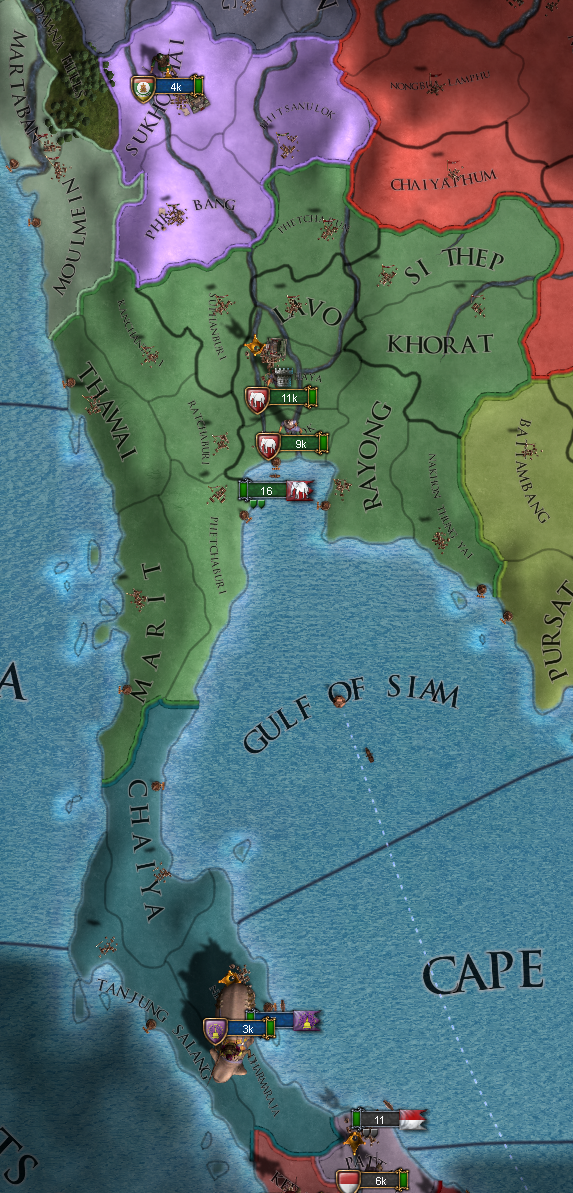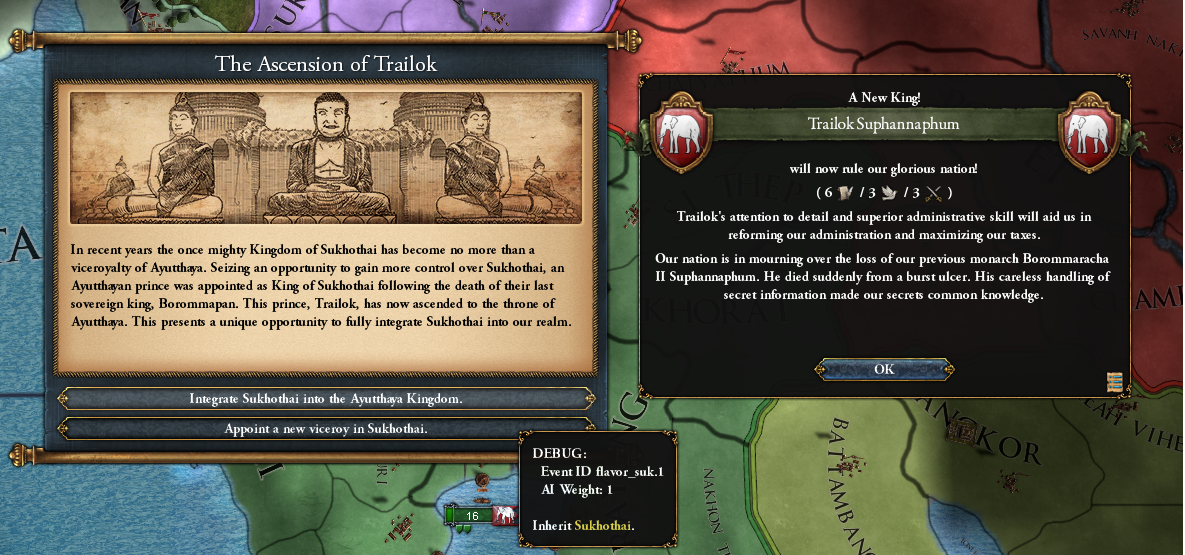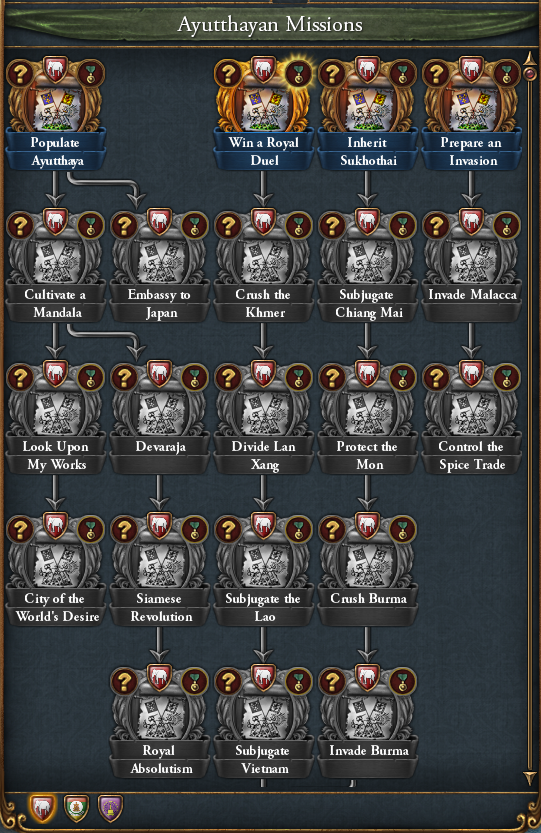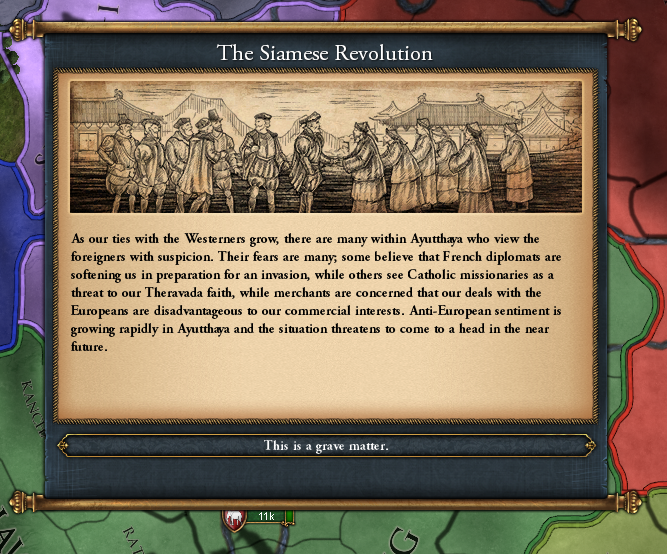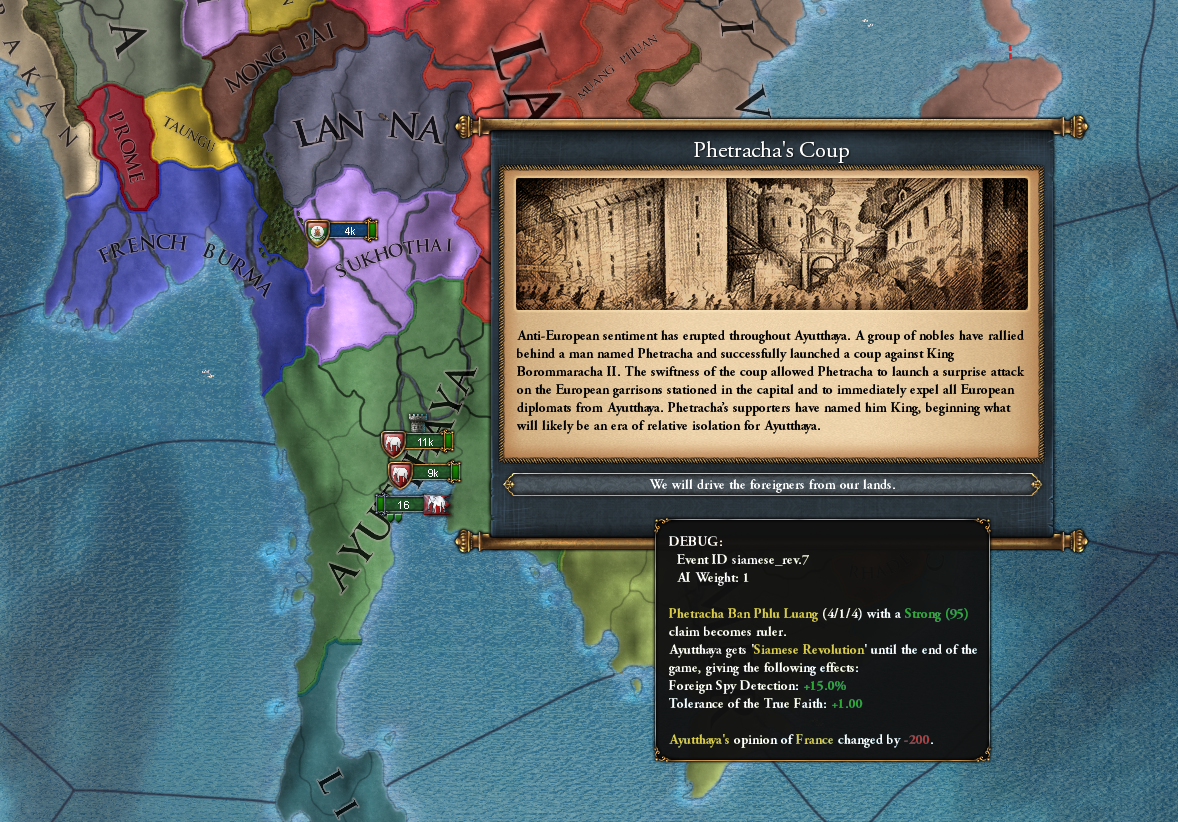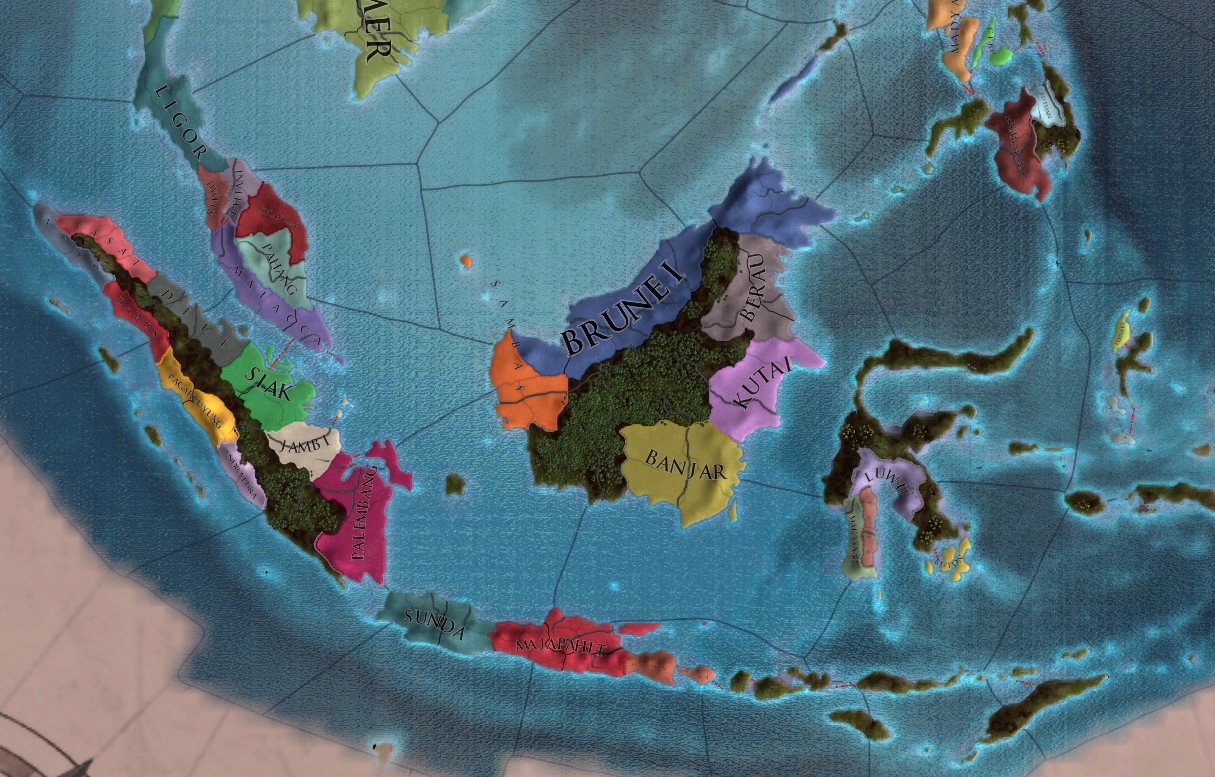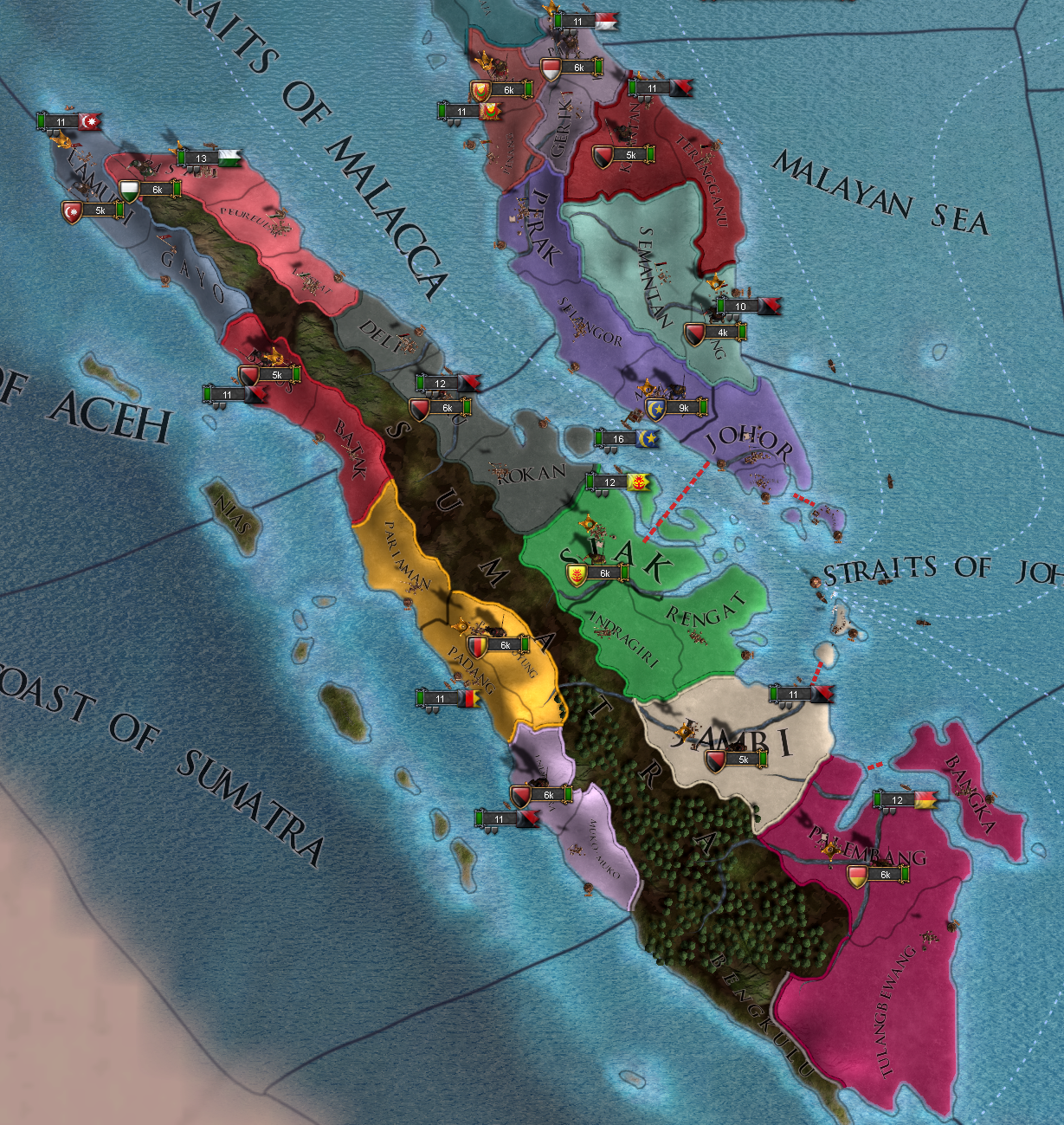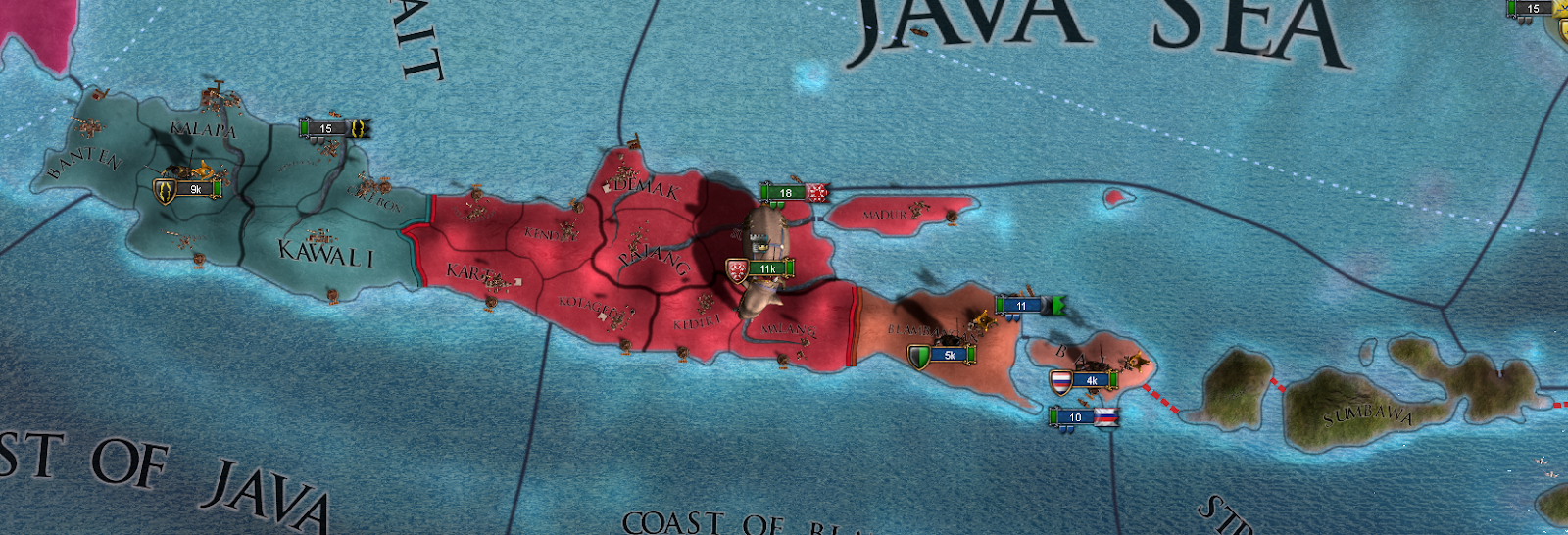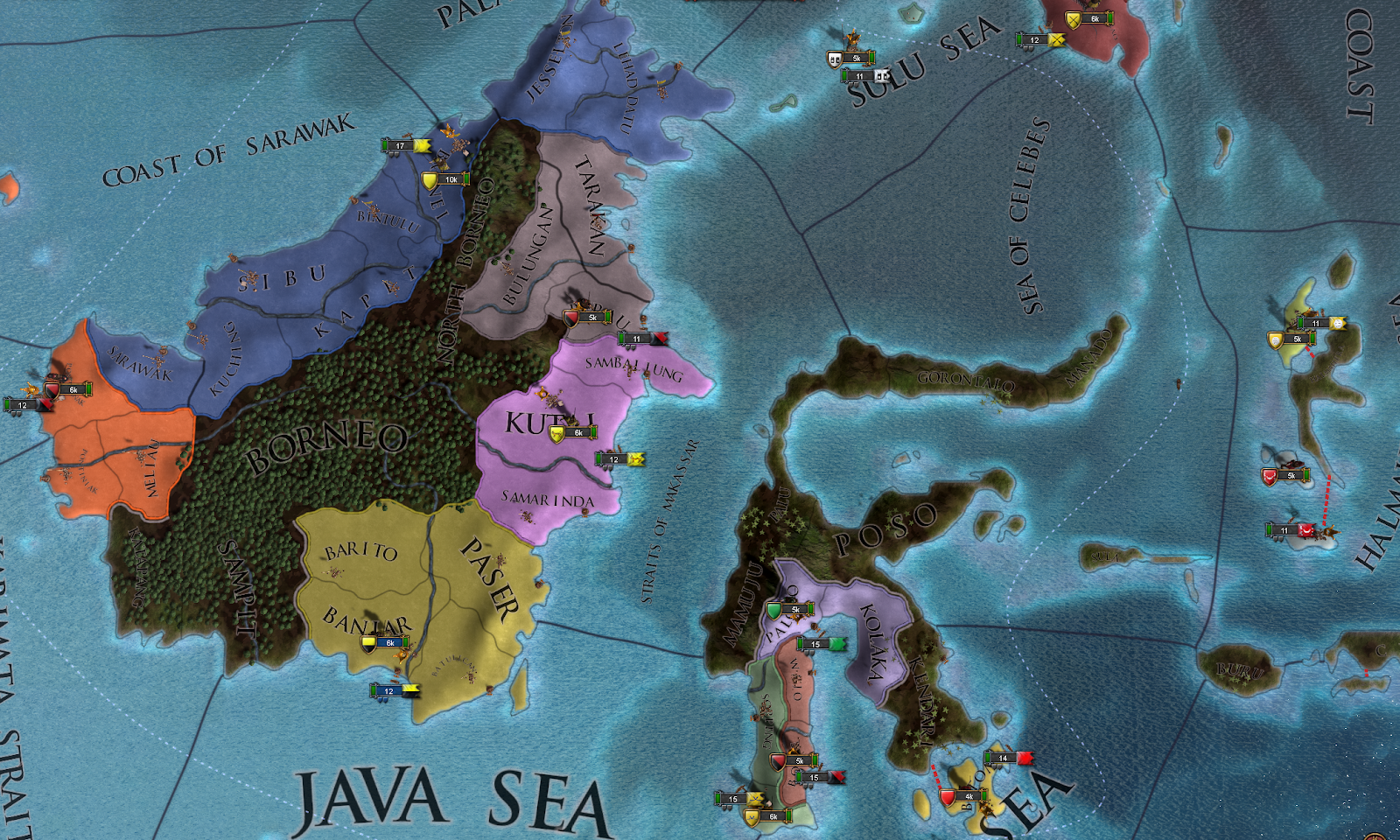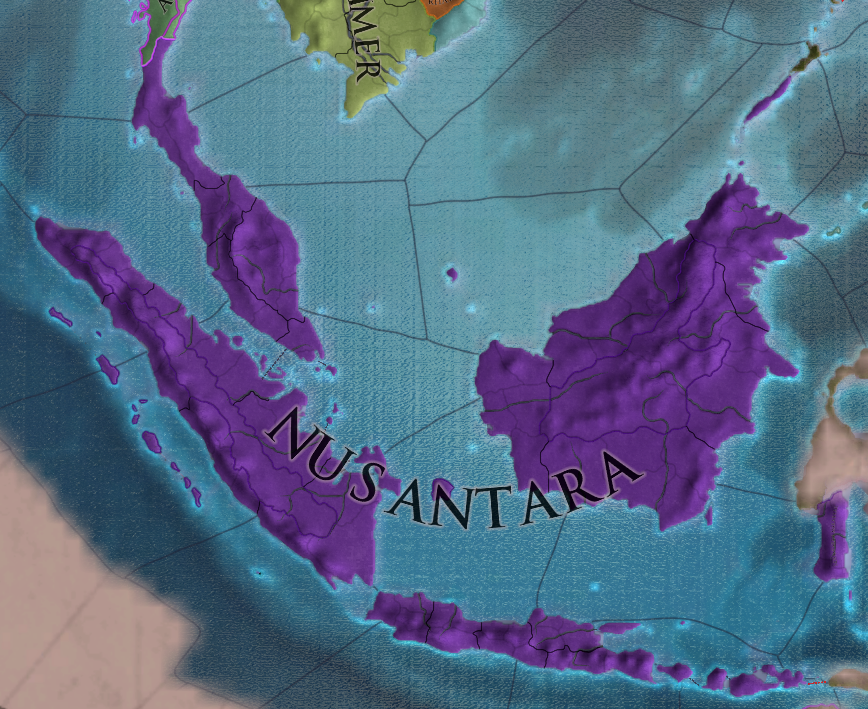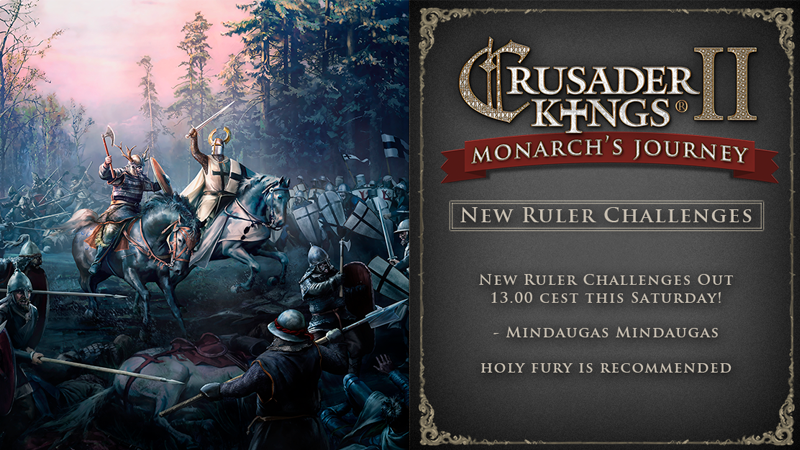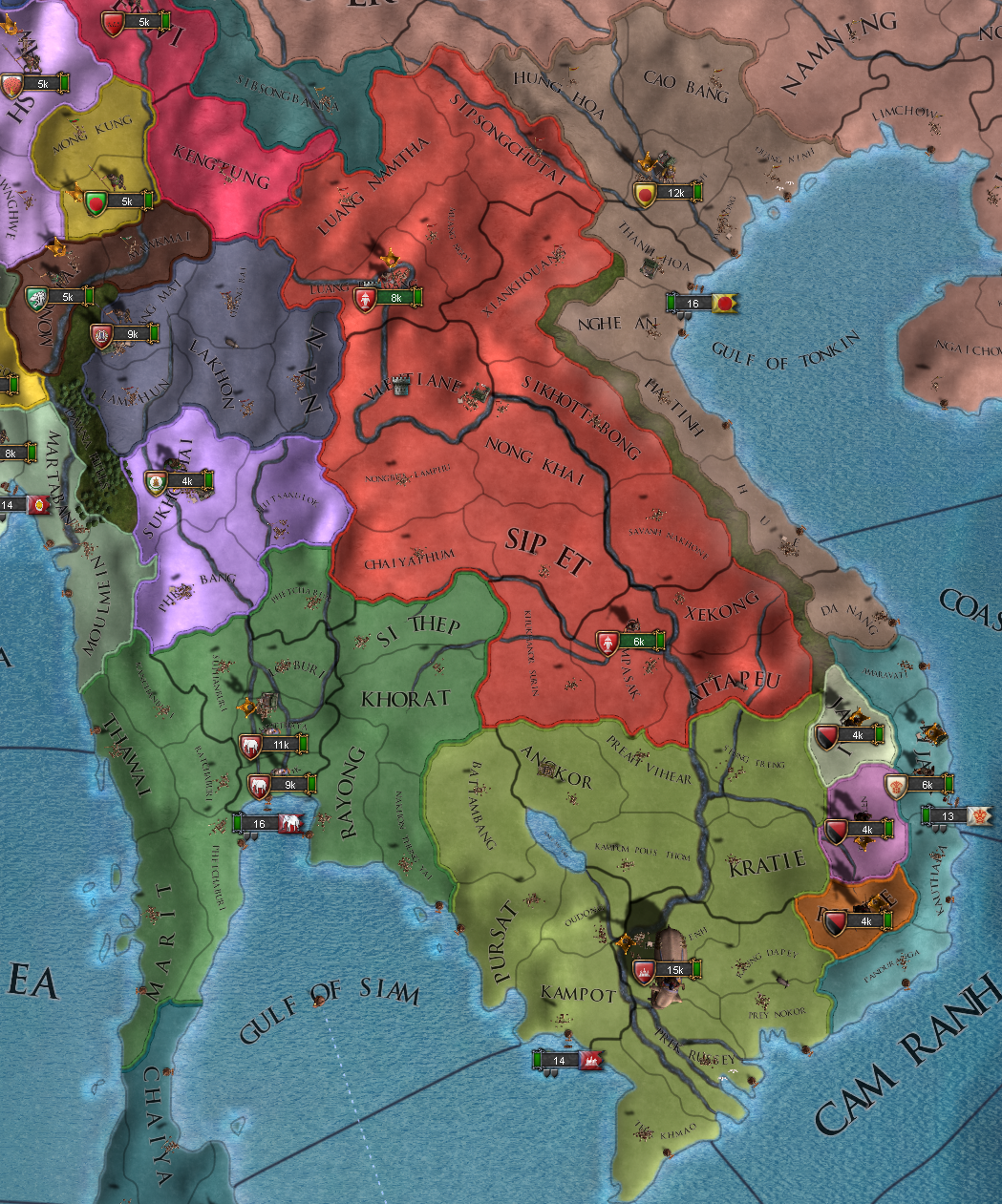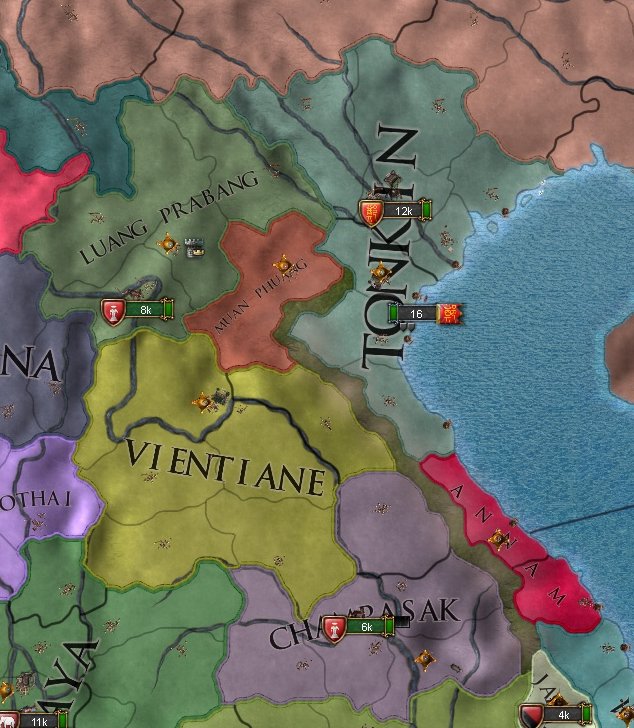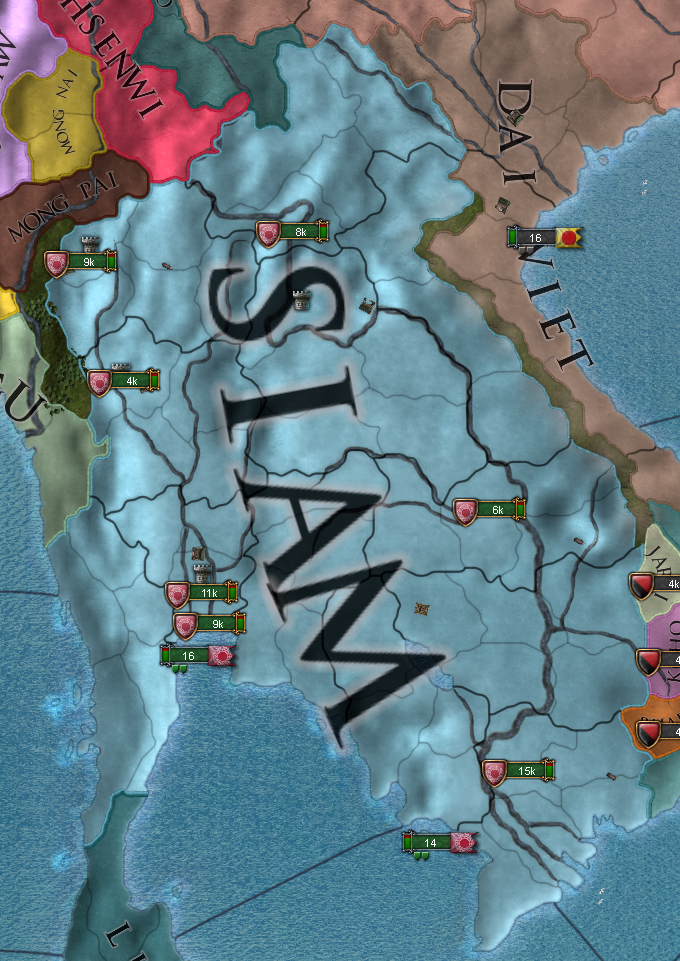
Jul 27, 2020
Crusader Kings II - Nicou12313
Read the final winners of our Stories competition!
Have a look at the first places! 👑
► GamesOnHardMode (Most Comical) told the story of Duke Morcar of York!
► Bianka B. (Most Dramatic) wrote "Matilda of Tuscany", an excellent AAR story!
🎭 Feast your eyes, click here!

Have a look at the first places! 👑
► GamesOnHardMode (Most Comical) told the story of Duke Morcar of York!
► Bianka B. (Most Dramatic) wrote "Matilda of Tuscany", an excellent AAR story!
🎭 Feast your eyes, click here!






